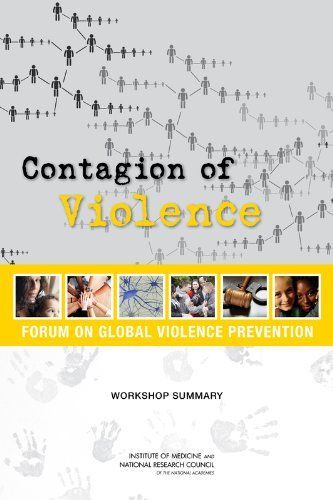
Contagion of Violence Workshop Summary
The past 25 years have seen a major paradigm shift in the field of violence prevention, from the assumption that violence is inevitable to the recognition that violence is preventable. Part of this shift has occurred in thinking about why violence occurs, and where intervention points might lie. In exploring the occurrence of violence, researchers have recognized the tendency for violent acts to cluster, to spread from place to place, and to mutate from one type to another. Furthermore, violent acts are often preceded or followed by other violent acts. In the field of public health, such a process has also been seen in the infectious disease model, in which an agent or vector initiates a specific biological pathway leading to symptoms of disease and infectivity. The agent transmits from individual to individual, and levels of the disease in the population above the baseline constitute an epidemic. Although violence does not have a readily observable biological agent as an initiator, it can follow similar epidemiological pathways. On April 30-May 1, 2012, the Institute of Medicine (IOM) Forum on Global Violence Prevention convened a workshop to explore the contagious nature of violence. Part of the Forum's mandate is to engage in multisectoral, multidirectional dialogue that explores crosscutting, evidence-based approaches to violence prevention, and the Forum has convened four workshops to this point exploring various elements of violence prevention. The workshops are designed to examine such approaches from multiple perspectives and at multiple levels of society. In particular, the workshop on the contagion of violence focused on exploring the epidemiology of the contagion, describing possible processes and mechanisms by which violence is transmitted, examining how contextual factors mitigate or exacerbate the issue. Contagion of Violence: Workshop Summary covers the major topics that arose during the 2-day workshop. It is organized by important elements of the infectious disease model so as to present the contagion of violence in a larger context and in a more compelling and comprehensive way.